
 |
Eager Space | Videos by Alpha | Videos by Date | All Video Text | Support | Community | About |
|---|

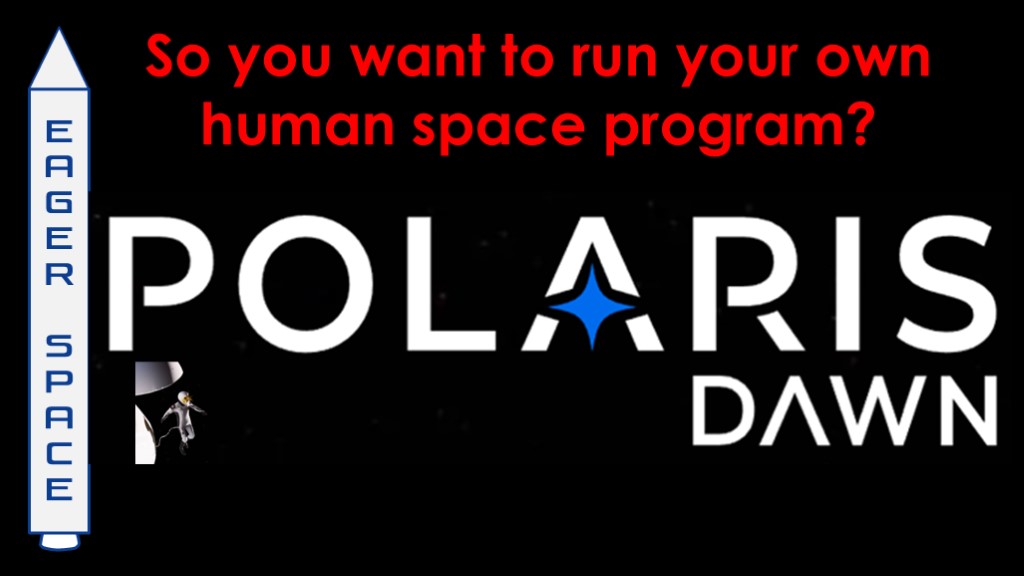
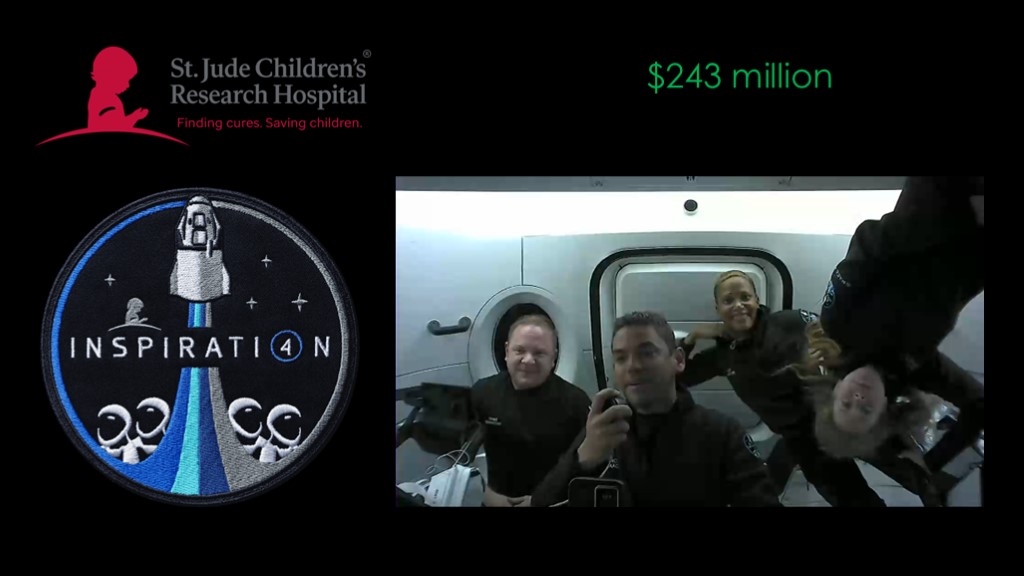
In 2021, we saw the Inspiration 4 crew spend nearly 3 days in space in a Crew Dragon capsule.
On the surface, it looked like a billionaire taking 3 people with him to have some fun in orbit as part of a fundraising event.
A very successful fundraising event, raising $243 million for St. Jude Children's Research Hospital.
But there were a few strange things about it...

The first was the amount of training they did. They flew in high performance jets owned by a company that Isaacman formed in 2012 and sold in 2019, Draken International. Draken has had training contracts for the US air force, the US Marine Corp, and the US Navy.
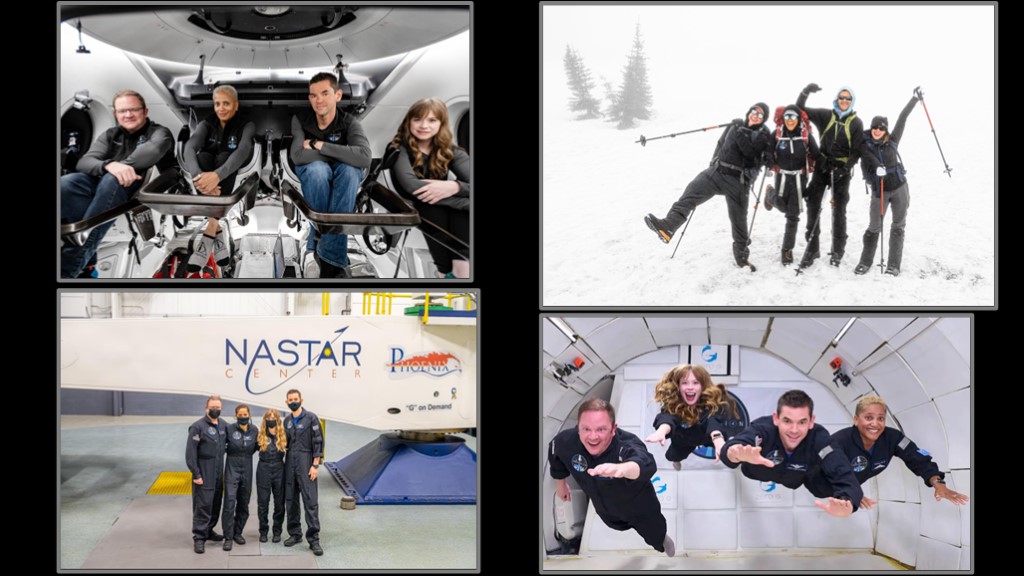
They did zero-g training in an airplane that flies parabolic paths, one of the so-called "vomit comets"
They went on arduous treks in the mountains.
Thet did centrifuge training.
And they did long hours of simulator training for their flight.
There's a name for this sort of training. It's called *astronaut training*, and Isaacman's goal was to create a crew of civilian astronauts for this mission.
But why? That was a lot of extra work and expense for everybody who was involved, and it wasn't really aligned with their fundraising mission. They also did quite a bit of scientific research on their flight, a cool thing to do, but also not really aligned with their mission.
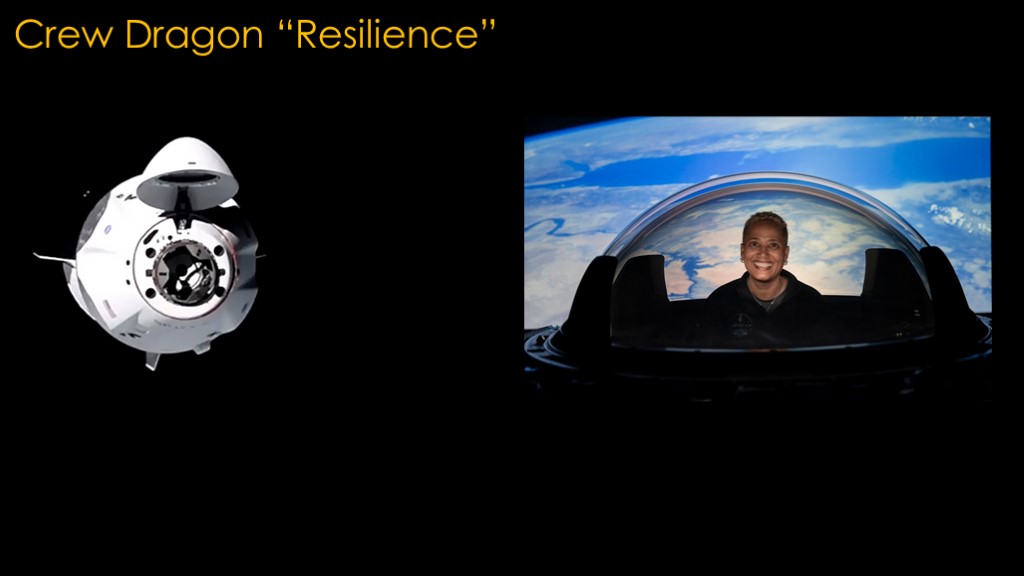
There were some strange things on the SpaceX side as well. They took one of their 4 crew dragon capsules offline to make special modifications for the Inspiration 4 flight, including this large glass cupola instead of the normal hatch.
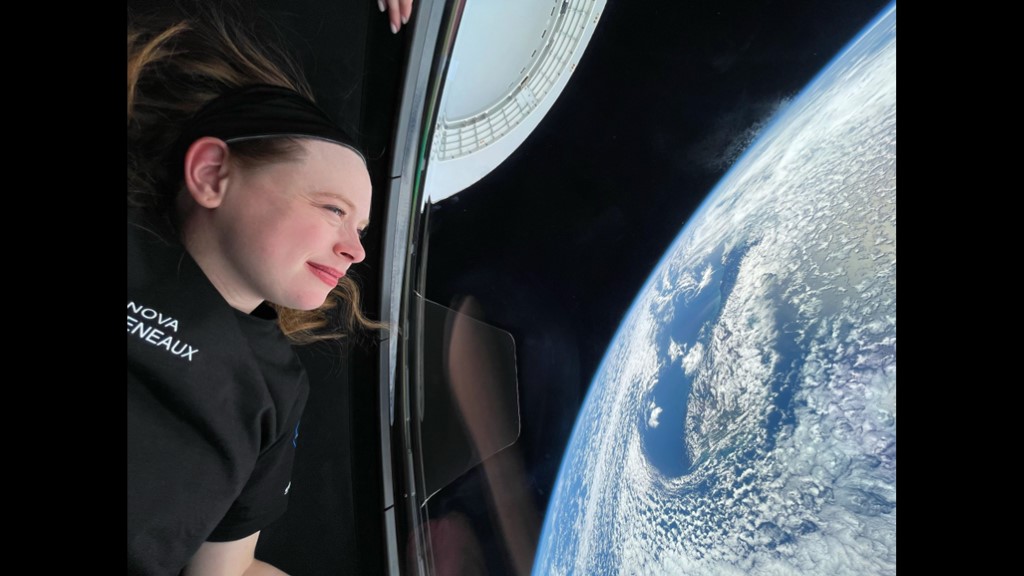
This cupola gave the crew a very unique view of the earth during the mission.
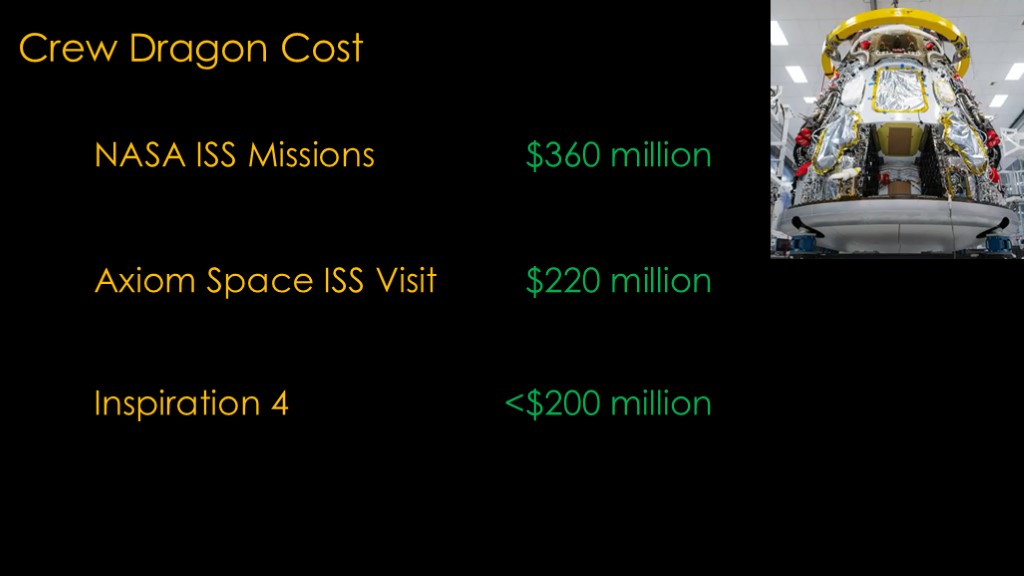
There was also some strangeness about the amount that it cost.
The total cost of a crew dragon mission for NASA is about $360 million
Axiom space missions to spend 8 days on ISS supposedly cost $55 million per seat, or $220 million total.
Isaacman did not disclose the exact cost of inspiration 4, but he did say that it was less than $200 million.
This is confusing. SpaceX did a lot of extra work on the capsule for this mission and the crew spent more time training than the Axiom crew and yet SpaceX charged less for it.
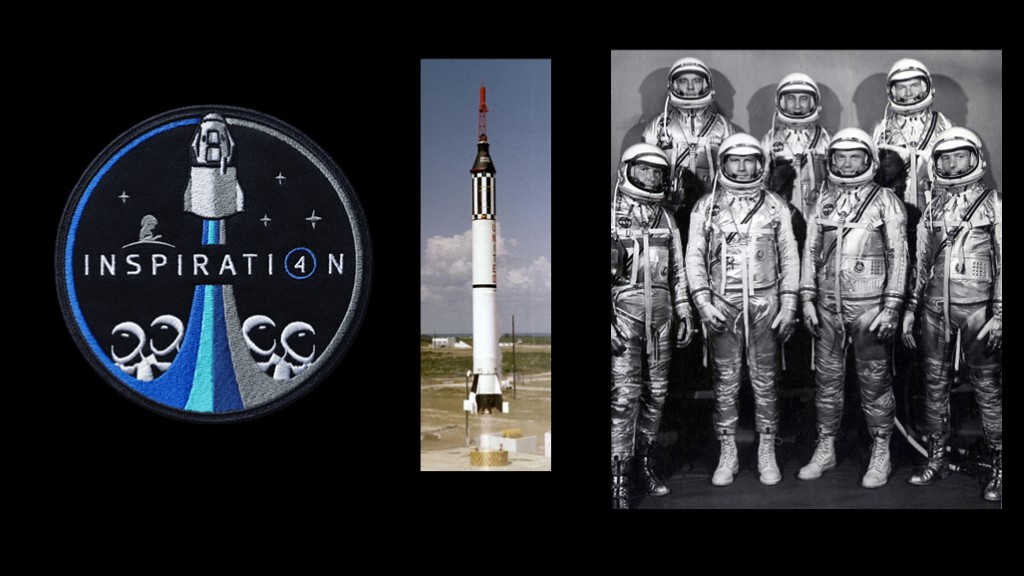
It was a bit perplexing, but after a while it became clear.
Inspiration 4 was not just about fundraising or inspiring the world, though it did that quite well...
Inspiration 4 was a commercial project Mercury, a first step towards a larger program.
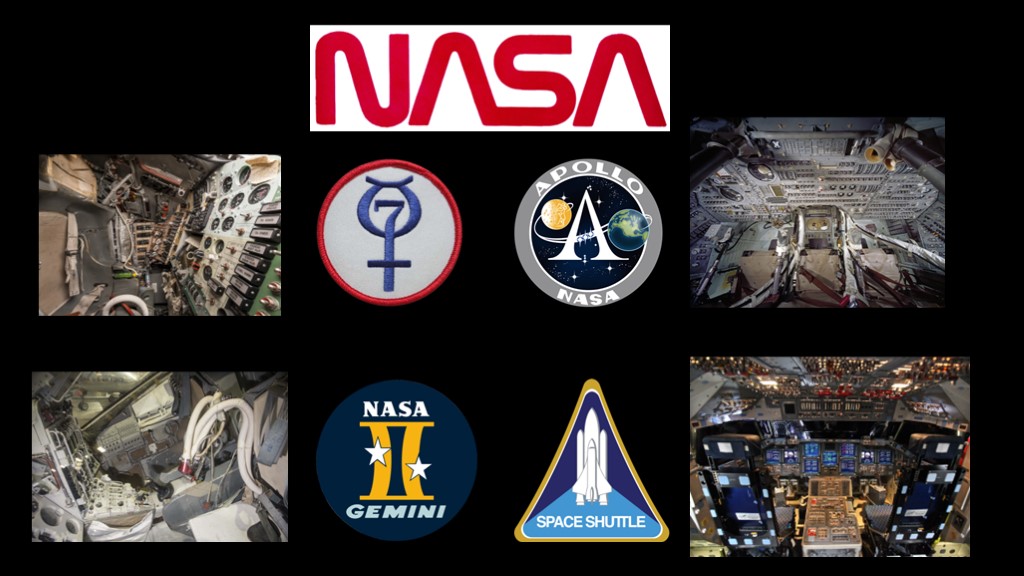
Why would you want to build a commercial program?
NASA has spent many years and many dollars on Mercury, Gemini, Apollo, and the space shuttle and come up with impressive solutions.
Why not just use what NASA has done.
The first problem is one of practicality. The designs in the historic capsules and space shuttle are at least 50 years old, and the technology that they used no longer exists. Those designs were based on the limitations of technology at that time, and there are many better solutions now.
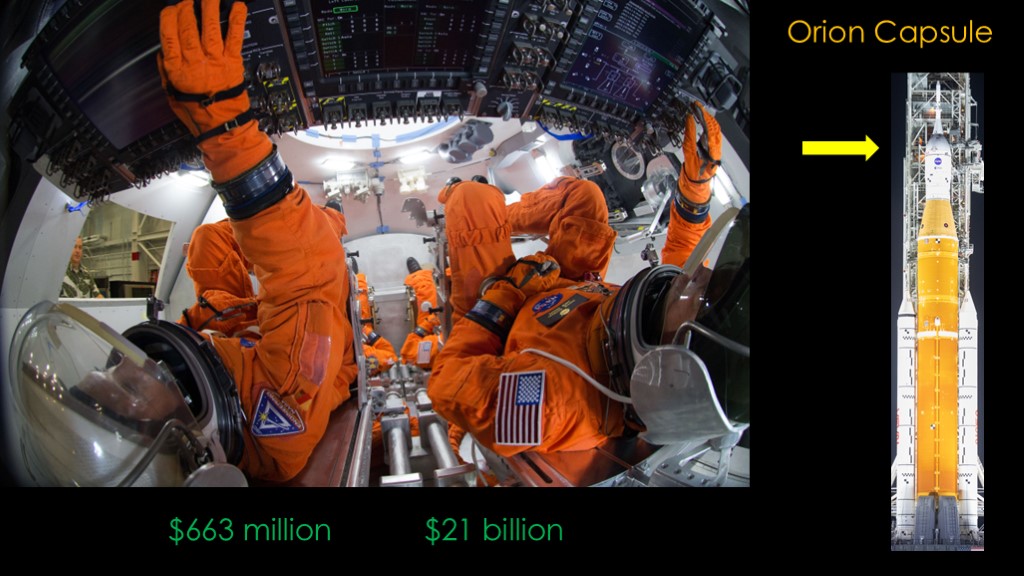
Maybe you could build off of the Orion capsule used in the Artemis program. It started development in about 2005, so it's only about 20 years old.
Unfortunately, the Orion capsules cost $663 million each, and that's after spending $21 billion developing them.
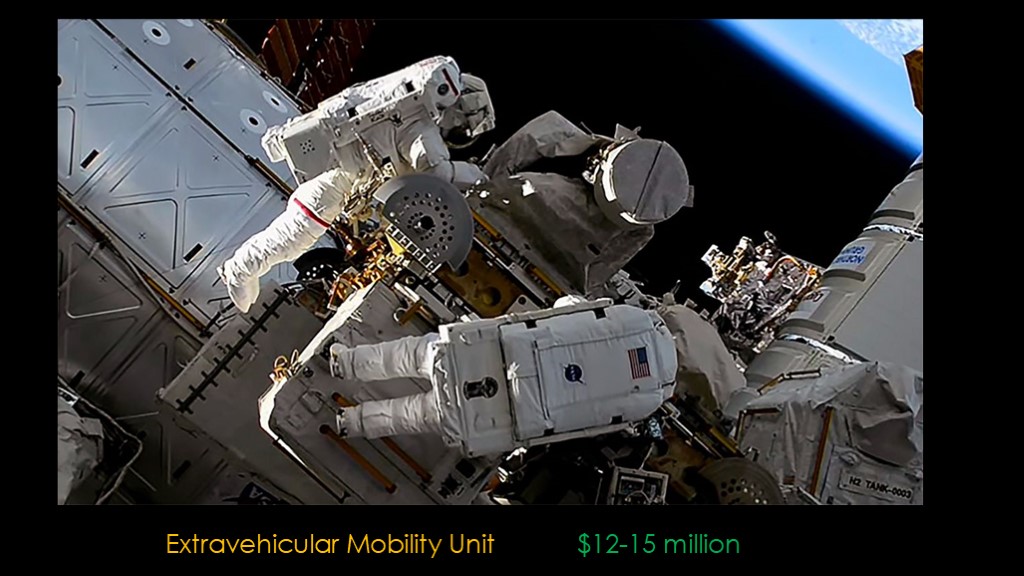
Space suits are another issue. The extravehicular mobility units used on the ISS cost about 12 to 15 million per suit.
The NASA solutions are simply too costly for commercial providers.
What is needed for commercial human spaceflight is affordable solutions and to get there will require new development work.
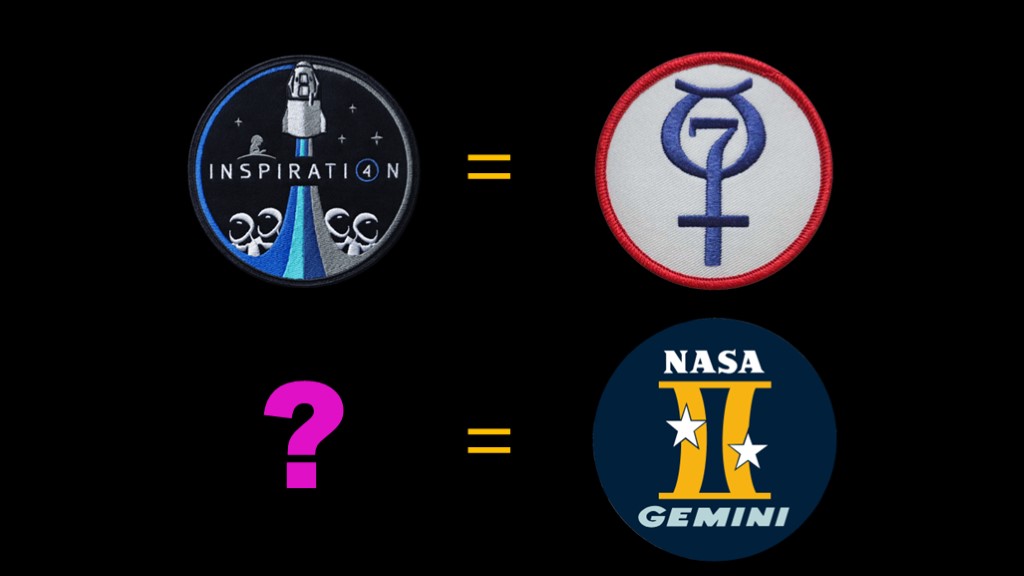
If inspiration 4 equals project mercury, then we should expect something like project Gemini - or gemiknee if you want to use NASA's official pronunciation.
What would we expect that program to look like?
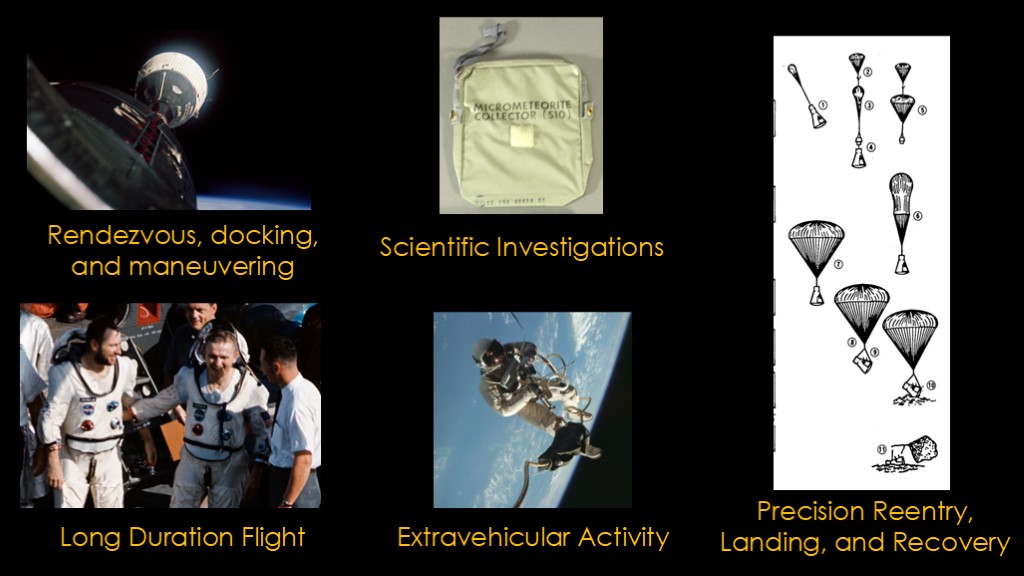
Gemini had a number of goals.
Rendezvous, docking, and maneuvering. Gemini used both Agena targets and other Gemini flights.
Long duration missions. Here we see Frank Borman and James Lovell after spending 14 days in Gemini 7.
Precision re-entry, landing, and recovery.
Extravehicular Activity, accomplished by Ed White in Gemini 4
Scientific Investigations across all the flights.
Of these, SpaceX has already figured out how to do two of them - the rendezvous and reentry ones. That leaves three other goals...
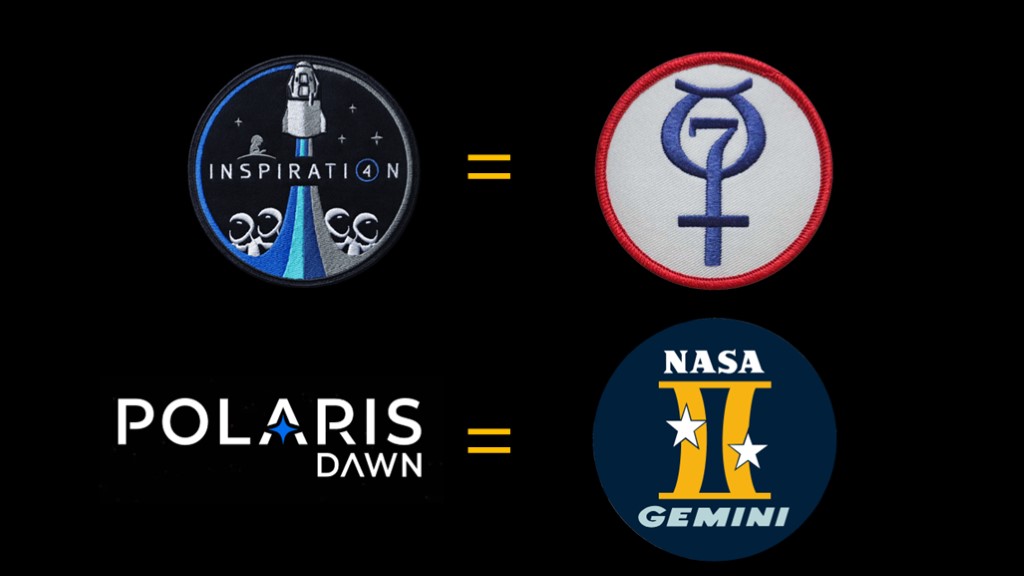
The overall program is called Polaris, and the gemini analog is named Polaris dawn.

It will feature the first commercial spacewalk.
It will do health impact research.
They will attempt a high altitude orbit at 700 km to better understand the radiation environment in that orbit
They will test a laser-based communication system using Starlink
They will spend 5 days in orbit. Quite a bit shorter than Borman and Lovell, but those astronauts were very good sports.
This flight hits all of the Gemini goals and they are attempting to do them in a single flight.
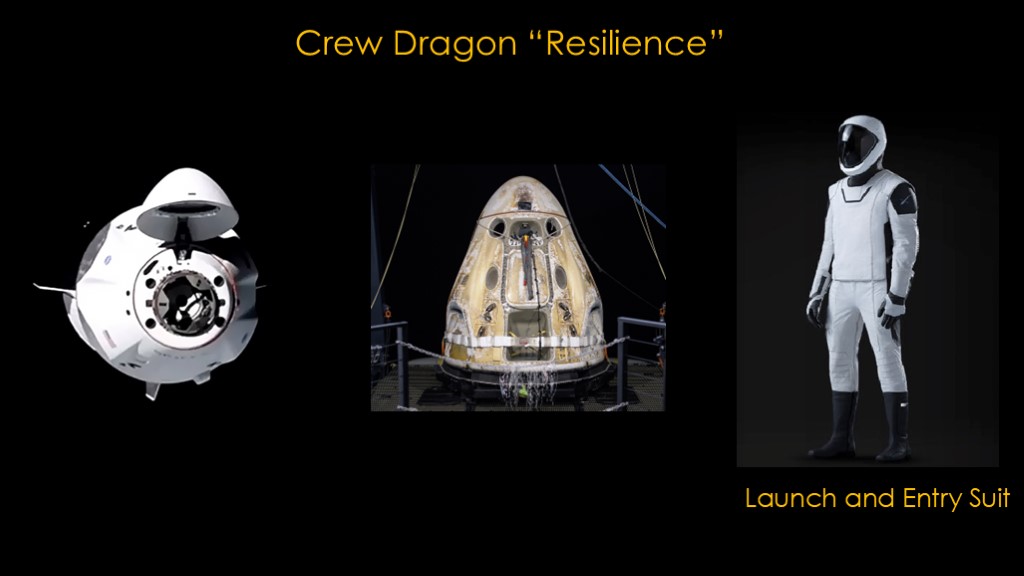
They will once again be using "Resilience" for this mission, this time modified to support tethered EVA and depressurization and repressurization of the capsule.
They will also take the existing launch and entry suit and perform significant modifications to allow the crew to have mobility while on EVA. These new suits should be roughly the equivalent of the ISS space suits without the backpack that allows spacewalks without an umbilical connected to the capsule.
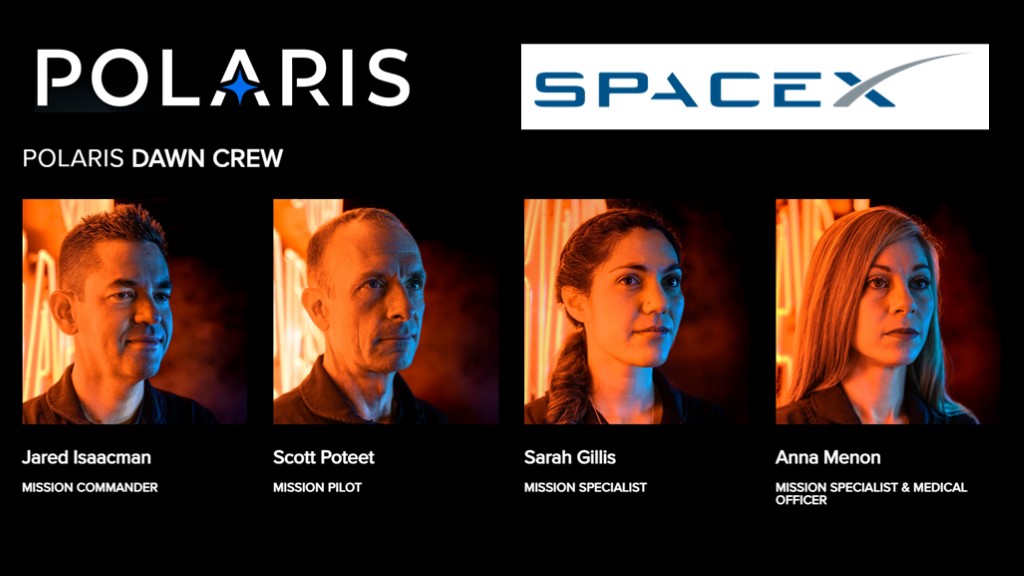
This mission is very much a collaboration between Isaacman's Polaris and SpaceX.
Jared Isaacman and Scott Poteet come from the Polaris side and Sarah Gillis and Anna Menon are both Lead Space Operations Engineers at SpaceX working on Crew Dragon.

This will very much be a "when we are ready" mission, but we do know that summer of 2024 is the earliest possible date.

After Polaris Dawn is over, there is the excitingly named Mission II. There is no available information except that it will be another crew dragon mission and we can be sure that it will once again fly on Resilience.

At some unspecified time in the future, we get mission III, which is the first starship flight carrying crew.
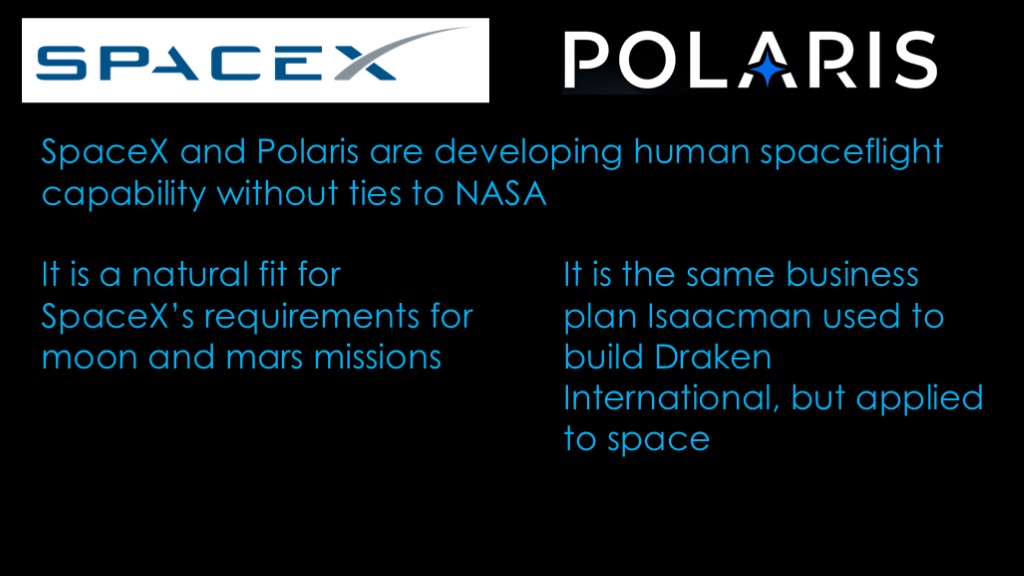
SpaceX and Polaris are developing human spaceflight capability without ties to NASA.
It is a natural fit for SpaceX's requirements for moon and mars missions.
It is the same business plan Isaacman used to build Draken International, but applied to space. If there are going to be a lot of people working on commercial space missions, they will need to be properly trained.
And that's how you create your very own commercial human space program.

If you enjoyed this video, please send me this original painting, "Love in the time of Polaris", available for the modest sum of $5400.